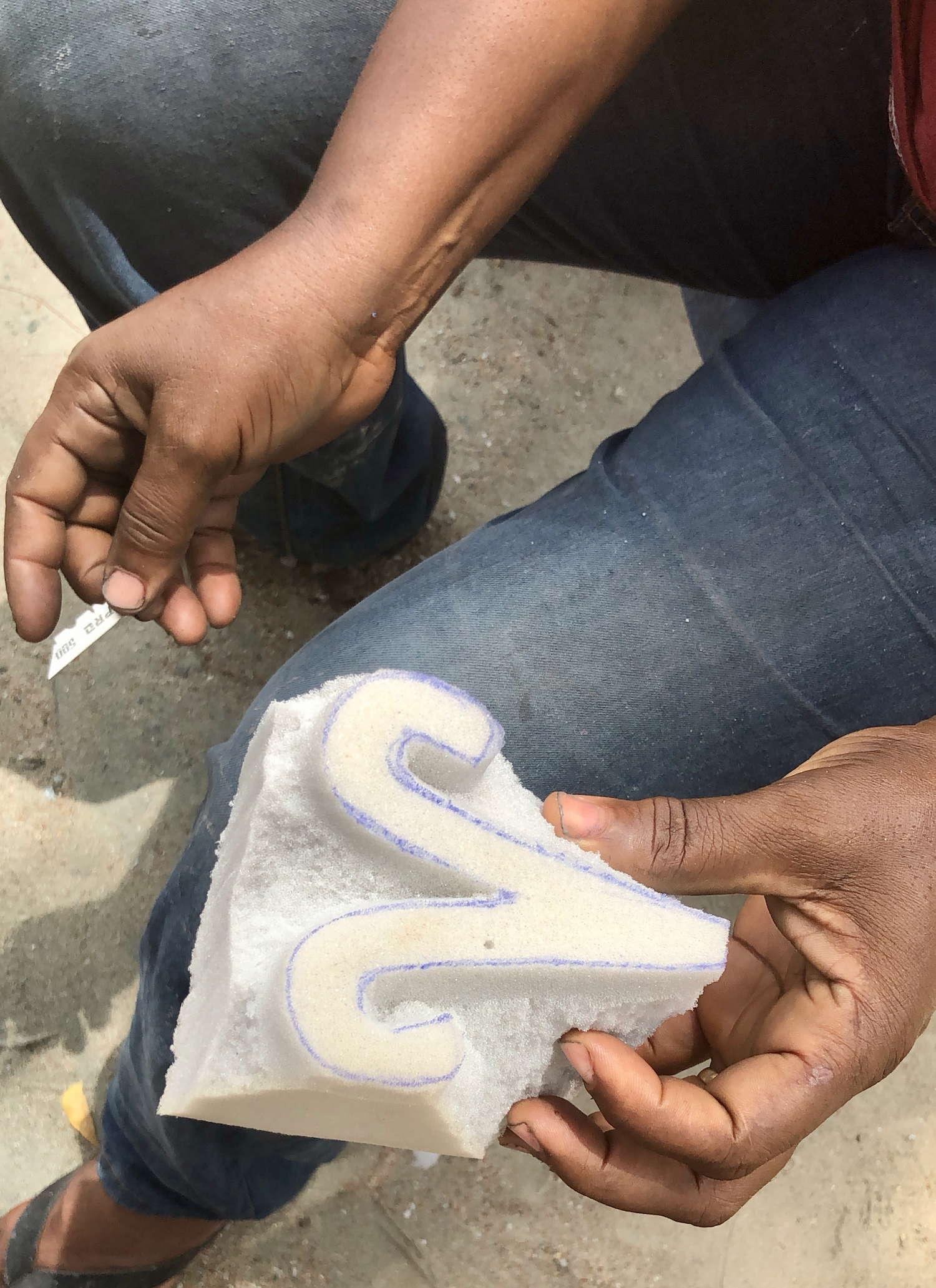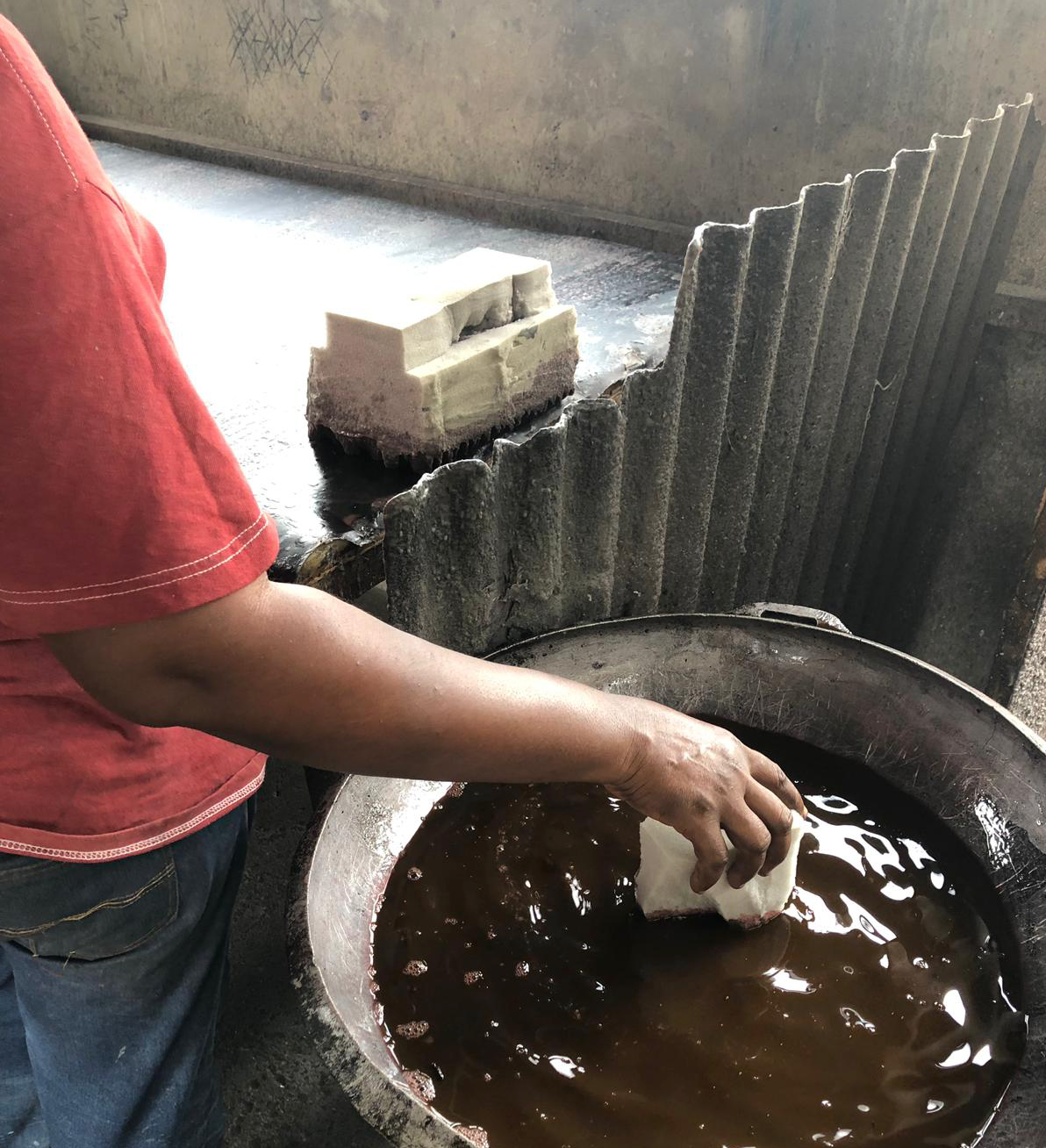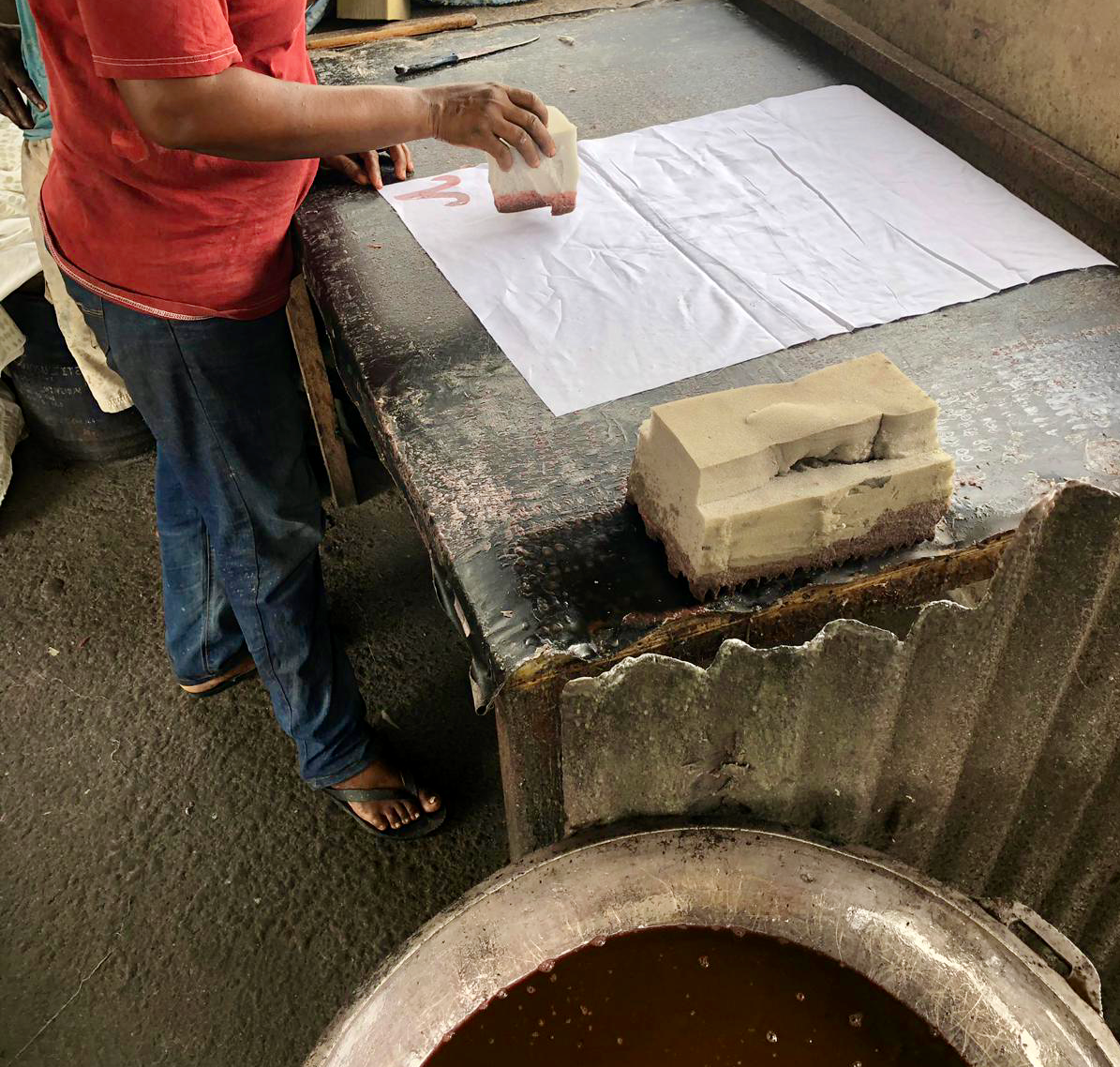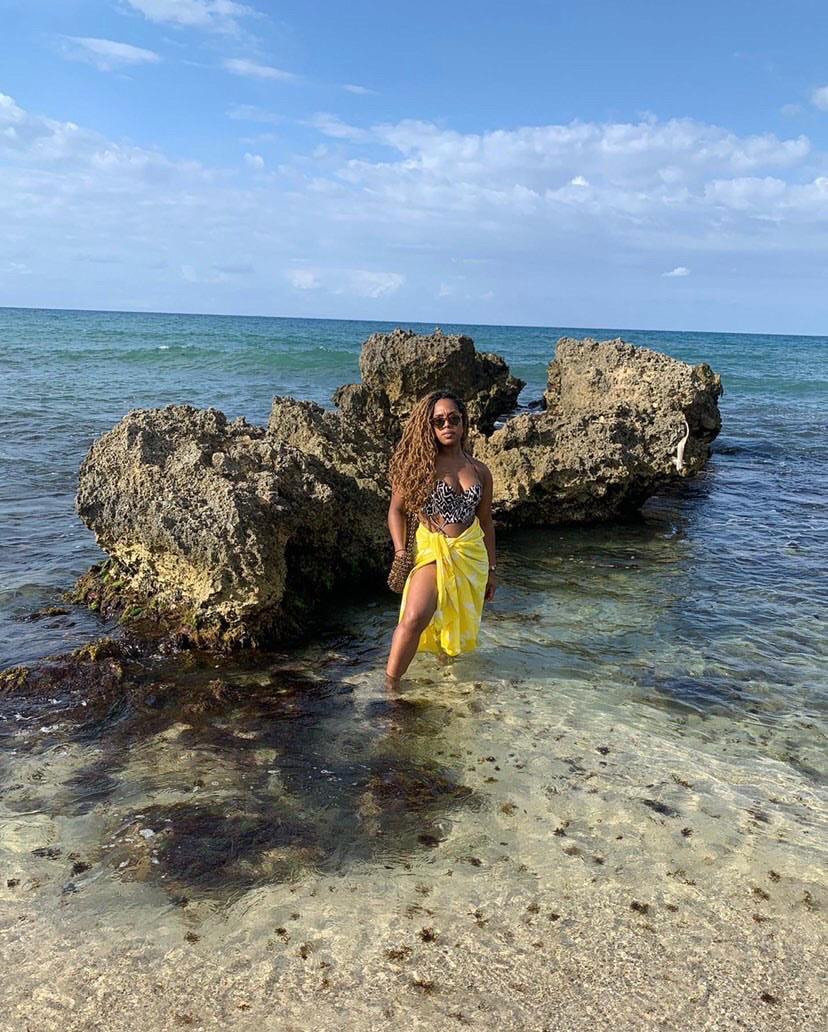Making African Batik Fabric in Ghana
Batik is a craft practiced in different parts of the world.
It is the original waxprint.
Dutch Mechanization
The Dutch mechanized batik after observing it in Indonesia. Unable to sell the new, factory-made prints back to the Indonesians, the Dutch marketed the print to West African women. The women provided feedback to the Dutch on which designs and colors would cater to their population, and the Dutch produced numerous designs in mass-quantities, which the African women would name and sell to their peers. These foreign-made prints were exotic and highly coveted.
The Rise of Ghanaian Textile Factories
Thanks to the efforts of Ghana’s first president, Dr. Kwame Nkrumah, Ghana’s Textile Industry grew when the Dutch agreed to invest in a textile factory in Ghana (home of African print brands GTP and Woodin). Ghana was one of the main producers of African Waxprints between the 1960’s and late 2000’s. Nigerian tradesmen who would travel to Ghana’s capital, Accra, to purchase the fabric, began referring to the prints as “Ankara,” according to Stephen Badu of GTP.
While Dutch-made prints remain idolized today, it’s important to note that Africans shaped the creation of this fabric and continue to be its main consumer, creating amazing clothing, accessories, and more.
Imitation Fabrics
As we note in our blog post about international textile piracy, imitation wax print fabrics from Asia eventually caused many African textile factories to go out of business. We are dedicated to putting money back into Africa’s Textile Industry by choosing to purchase fabrics from African artisans and brands.
The Batik Process
In March 2019, we traveled to Ghana and met with Sister Julie, the talented artisan behind many of our handmade fabrics. We observed and participated in a traditional method of making fabric, called batik. The steps of batik include drawing, carving, stamping, dyeing, boiling, rinsing, and finally, admiring.
Check out a video of the process below.
Ghanaian model @candy_mhan
Proud Aries @shadeabb in Jamaica
Proud Aries @akosua_aset in Germany











